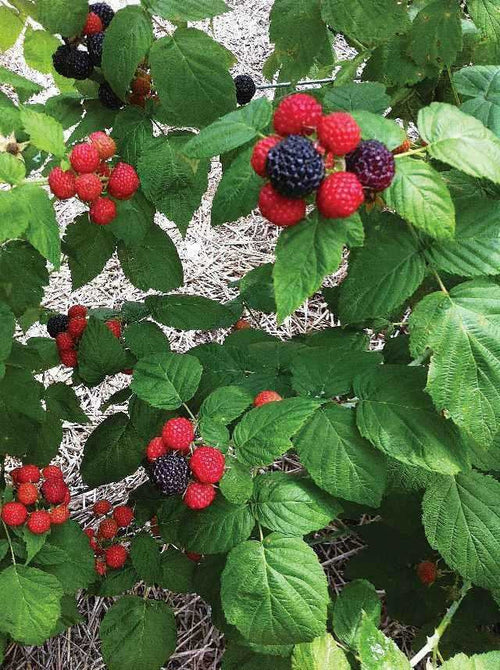Berry Varieties - Strawberries, Raspberries & Blueberries are high in Antioxidants
Berry plants provide foliage and food in different zones around the country. Berries include strawberries, blackberries, blueberries, and raspberries. You can also find berries that grow on trees like mulberries, serviceberries, and huckleberries grown in the wild.
Raspberries and blueberries grow in zones from 2 or 3 to 7, and strawberries and blackberries prefer zones 3 to 10 or 5 to 10
If you live in icy areas, you can grow berries in containers and bring them in during colder months. On the other side, cultivars of raspberries and blueberries grow in water zones like Southern California.
Berries generally like full sun and prefer mildly acidic soil. Raspberries ramble and may need to be grown on a trellis. Strawberries are compact and can grow in containers or small patches in your garden. If you love blackberries, these berries come in trailing and erect plants and grow tons of fruit. Blueberries are great if you want to treat birds and need protection if you want to eat the berries yourself.
Grab bags of berry plants are handpicked for your growing Zone by nurseries, and in a grab bag, you will find five different plants that will grow well in your garden soil. Grab bags are also great for gardeners new to growing and cultivating. These grab bags will give you the right mix of berries to try in your garden.
If you don’t have room for berry patches, you can plant blueberries near lilacs and azaleas. Blackberries grow beautifully in vegetable beds. Just beware of the brambles. You can also grow berries in an herb bed with basil and thyme to act as a ground cover to regulate soil temperatures and moisture. To add beauty and color, you can also grow berries in your flower gardens.



















































